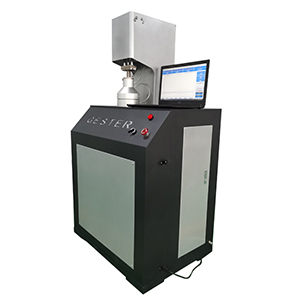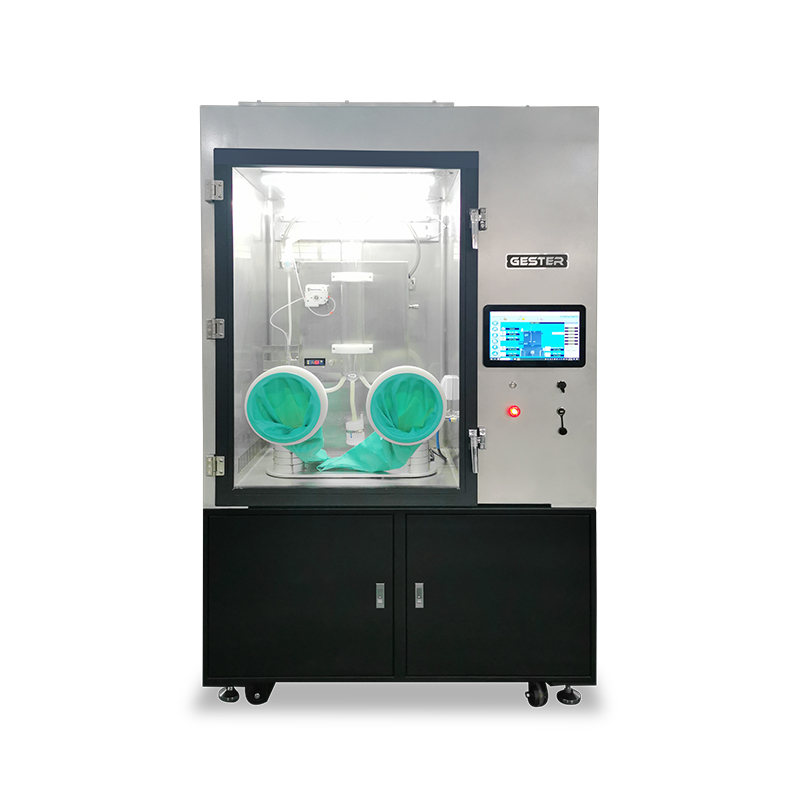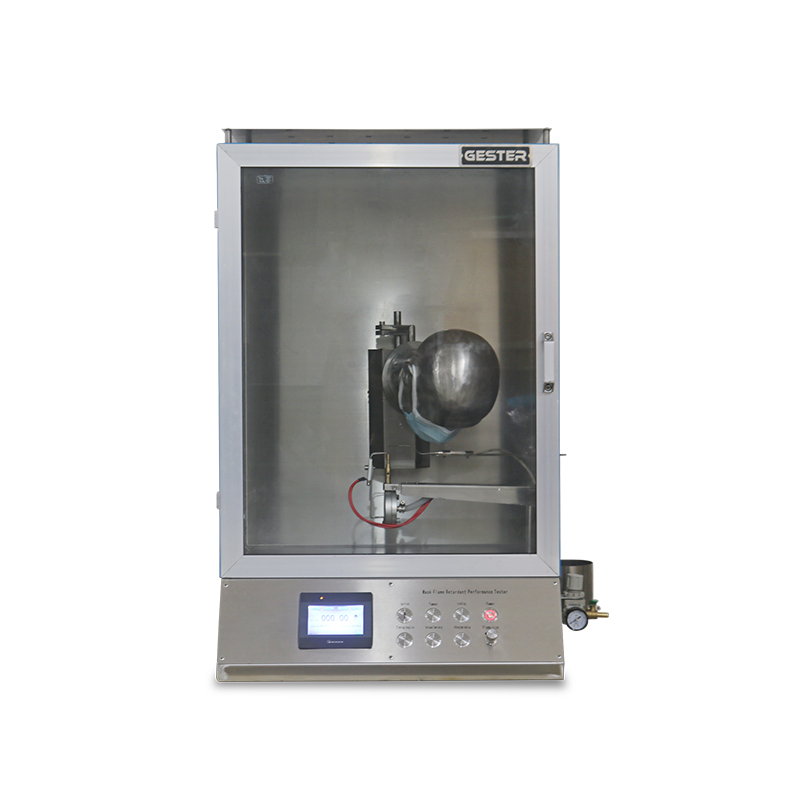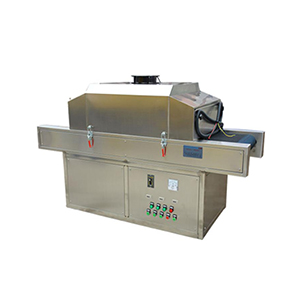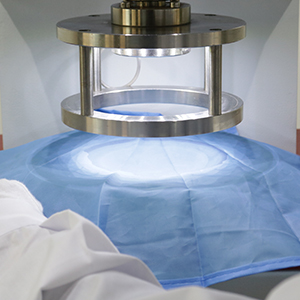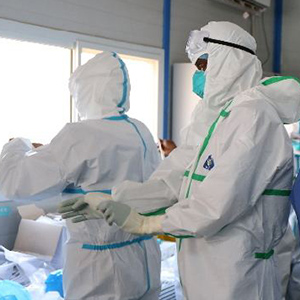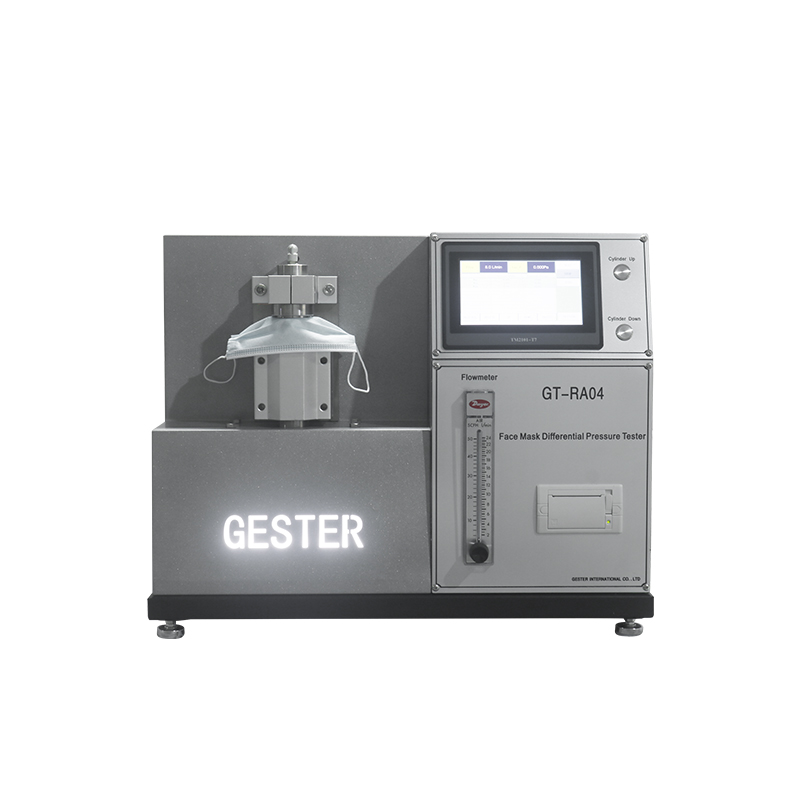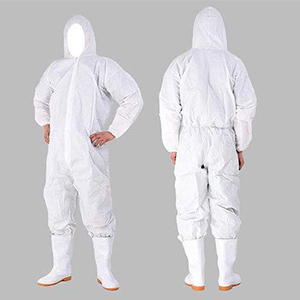What are the protective clothing testing items?
March 17, 2020
Definition of medical protective clothing: Medical protective clothing refers to protective clothing used by medical personnel (doctors, nurses, public health personnel, etc.) to enter specific medical and health areas (such as patients, hospital visitors, personnel entering infected areas, etc.), and its role is to isolate Germs, harmful ultra-fine dust, acid and alkali solutions, electromagnetic radiation, etc., ensure the safety of personnel and keep the environment clean. Classification of medical protective clothing 1. According to use and occasion: ①. Daily work clothes refer to white coats, also called white coats, worn by medical staff in their daily work. ②. Surgical clothes are specially designed clothes worn in the operating room. ③. Isolation clothing refers to clothing worn by medical personnel when they are in contact with patients, family members, etc. to visit patients. ④. Protective clothing refers to the clothing worn by persons in medical emergency, special areas such as infectious disease areas, and electromagnetic radiation areas. 2. According to the service life: Disposable and reusable protective clothing. 3. According to the materials: Woven and non-woven protective clothing. Requirements for the manufacture of medical protective clothing The production of medical protective clothing mainly uses machines such as lockstitch sewing machines, overlock sewing machines and glue presses. The nonwovens that meet the protection requirements are cut, stitched, elasticized, and glued. "Resistant primary antibody" (water, blood, alcohol, antistatic) functional finishing, made into a medical protective clothing containing a hooded top and pants. Protective clothing is required to be dry, clean, and free from mildew. The surface must not have defects such as adhesion, cracks, holes, etc. Medical disposable protective clothing and reusable protective clothing should meet the standards: YY, GB, ISO, ASTM, JIS / T, EN, DIN etc. Test items Medical protective clothing testing items Appearance quality inspection Structure, model and specification determination Liquid barrier properties: anti - seepage, drenching capacity, anti - synthetic blood penetration Surface moisture resistance Breaking strength, elongation at break, filtration efficiency Flame retardant performance Antistatic performance Static decay performance Skin irritation Microbiological indicators: total number of bacterial colonies, coliforms, Pseudomonas aeruginosa, Staphylococcus aureus, Streptococcus hemolyticus, total number of fungal colonies Ethylene oxide residue The key indicators of medical protective clothing testing are liquid barrier properties, which mainly include indicators such as impermeability to water, moisture penetration, resistance to penetration by synthetic blood, and water level. Measurement of breaking strength and elongation at break, measurement of filtration efficiency, analysis of flame retardancy, analysis of antistatic performance, etc. GESTER I...
View More
